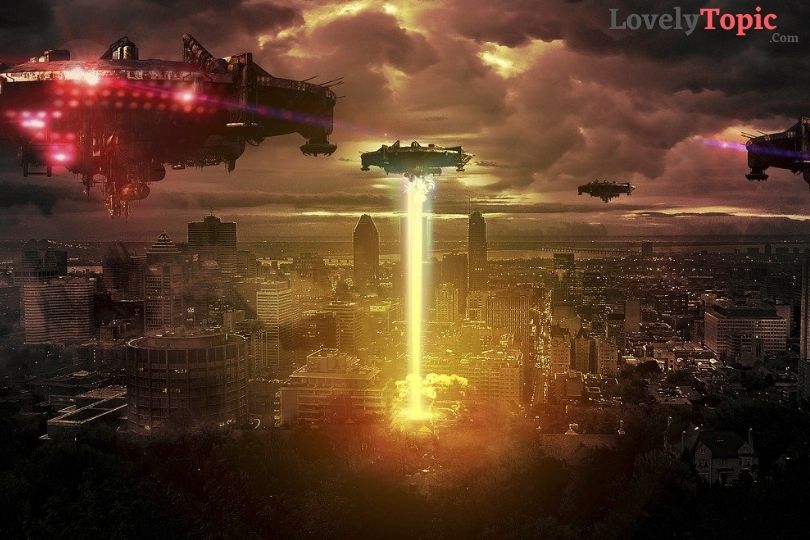There’s a scene in Orson Welles’ The Other Side of the Wind that can answer that for us. It shows a gathering of youthful chiefs going to the home of a Hollywood Golden Age titan to communicate their profound respect. This scene shows what the Hollywood New Wave was truly around; a steady appreciation for Film that propelled these producers to take it toward another path. Basically, New Hollywood was American film renewed by the Film School Generation.
The Hollywood New Wave of film grew in the last part of the 1960s for an assortment of reasons. For one, the scholarly investigation of Film turned out to be more mainstream than any other time. The dissemination of worldwide movies from auteur like Truffaut and the French New Wave just took care of their motivation. It was additionally a reaction to an apparent lifelessness in Hollywood’s studio films that overwhelmed the commercial center for quite a long time.
What Do You Understand By New Hollywood?
New Hollywood is a film development that occurred in the United States from about 1967-1976. The development was lead by a gathering of film understudies with energy for filmmaking and the longing to challenge the stale the norm. Otherwise called the Hollywood New Wave, these producers frequently worked inside the Studio System yet carried a free and extremist viewpoint to standard filmmaking.
Where Did New Hollywood Actually Come From?
Film researchers frequently refer to 1967-69 as the main few years in American film history. Those years saw the principal arrivals of Martin Scorsese, Brian De Palma, Woody Allen, and some more. In any case, it was two movies delivered in 1967 that genuinely introduced New Hollywood: The Graduate and Bonnie and Clyde. The two pictures were brazenly express- The Graduate with sexual movement and Bonnie and Clyde with sex and brutality. Their striking topics are generally credited with finishing the Hays code, and opening the conduits of innovativeness in Hollywood. This video clarifies how Bonnie and Clyde typified the soul and reasoning of the New Hollywood development.
New Hollywood’s Muse
To comprehend New Hollywood, we need to see what propelled the movie producers. By 1968, new wave film developments had effectively been in progress all around the planet and recently settled dispersion organizations were routinely carrying these unfamiliar movies to U.S. to be eaten up by the Film School Generation.
New Type of American Films
Now that we’ve talked about the origins and the filmmakers who inspired the New Hollywood movement, let’s look at some definitive works. After Bonnie and Clyde and The Graduate, Hollywood filmmaking was reborn with this new-found freedom.
Since we’ve discussed the origins and the producers who enlivened the New Hollywood development, we should take a gander at some authoritative works. After Bonnie and Clyde and The Graduate, Hollywood filmmaking was renewed with this newly discovered opportunity.
Death of New Hollywood
After almost a time of box office victories and Academy Award wins, the New Hollywood developments days were numbered. Amusingly, two individuals from the Film School Generation were the producers to start its lethargic death in the last part of the ’70s. By the last part of the 1970s, Hollywood had part into two unequivocal bearings. One proceeded down the imaginative way of the American New Wave and the other adjusted to the market and became blockbusters.



